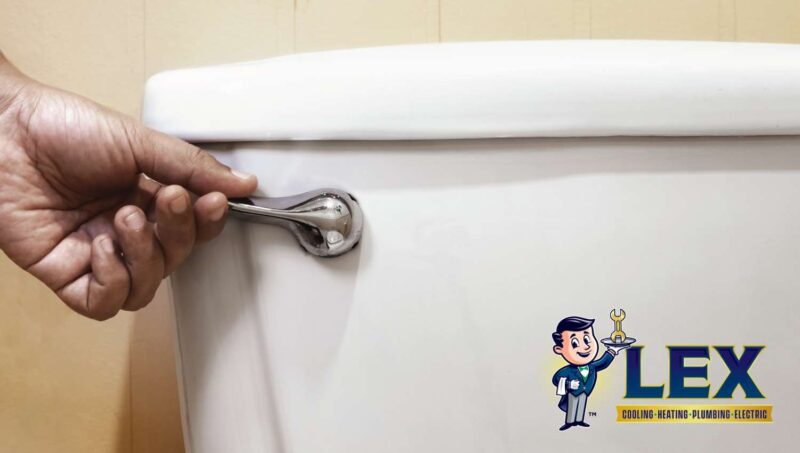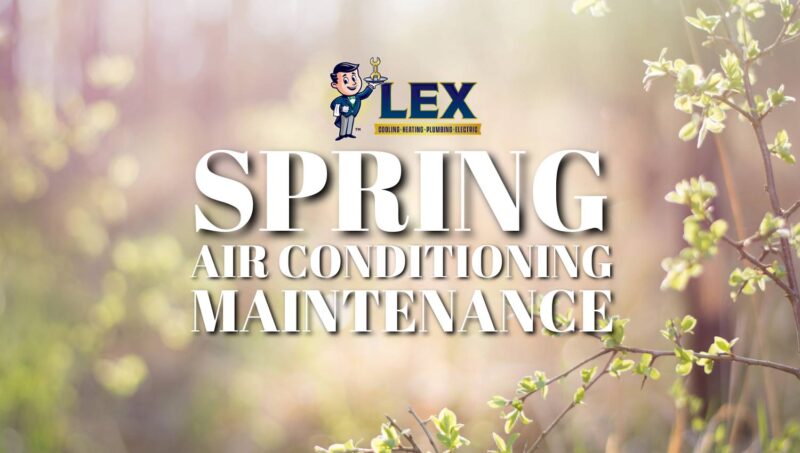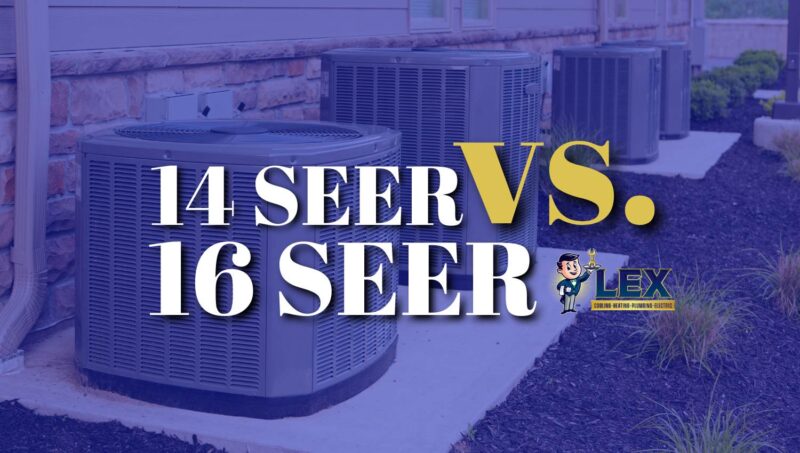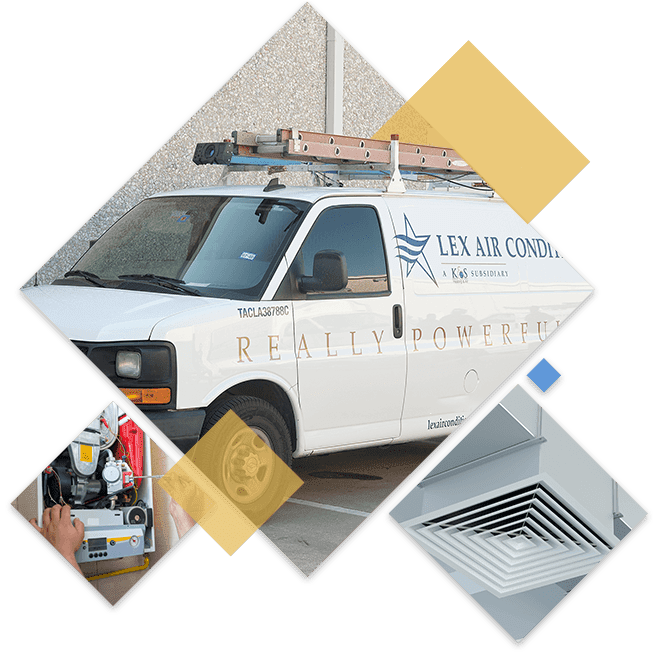When families move into their Dallas dream home, they usually have high hopes of creating a healthy and happy environment. Most don’t expect misfortunes from the house itself. But a growing number of residents are reporting health problems from the materials and systems used in their homes.
Most house-related health problems fall into two categories. “Sick building syndrome” is noticeable within a short time of entering a building. Your eyes may water, your nose run and you could feel spacy and experience a rash or throat irritation. These symptoms disappear soon after leaving a building.
More dangerous, are building-associated illnesses. These environmental hazards may go unnoticed for years, until long after the damage is done. More serious, infants and children are more susceptible to symptoms from indoor air quality than adults.
Here are a few short and long-term dangers you should be aware of before buying that new house.
Indoor Pollution
People usually think of pollution as what goes on outside. But a whole world of pollutants lurks inside, as well. Mold, dust mites, and other microbes proliferate in rugs and on walls. These can be especially problematic for people with asthma or other breathing problems. Small leaks in basements, attics, pipes, and closets could be preparing the perfect breeding ground for mold.
According to the report from a Surgeon General’s Workshop on Healthy Indoor Environment, many modern building practices cause mold growth. Construction materials such as gypsum, synthetic wood products, and vinyl siding, coupled with inadequate ventilation and drainage, promote mold growth by trapping it behind the siding.
Formaldehyde can cause coughing, scratchy eyes, sore throats, and nose bleeds. This smelly yet colorless gas is found in cabinets, walls, furniture, and especially in new carpets.
Foam Insulation
Spray foam insulation has been a darling of green builders. Yet consumer groups are getting progressively more concerned about unwanted effects as its popularity increases.
When workers mix the two components that make spray foam, then apply it to ceilings and walls with a spray gun, the product instructions warn them to wear hazmat suits. Yet the final cured product is classified as inert, according to manufacturers. Even if this is so, many factors can affect curing time. How do you know your spray foam has reached the inert stage? Some home buyers and construction workers worry about entering the premises too soon – sans hazmat suit – after spraying.
Outgassing is another issue with foam insulation. The Environmental Protection Agency says that the effects of outgassing of chemicals in spray foam are not yet understood and require more research.
Radon
Radon is a naturally occurring radioactive gas that rises from the earth, through cracks in walls and floors, and into residents’ lungs. Radon exposure is the second biggest cause of lung cancer in the U.S. While a distant runner-up after cigarettes, radon still manages to cause between 15,000 and 22,000 lung cancer deaths per year, according to the National Cancer Institute.
Radon levels vary around Dallas. Concerned consumers can buy a do-it-yourself kit to test the radon level in their home, or call the National Radon Hotline at (800) SOS-RADON for more information.
Chinese Drywall
Chinese drywall is likeliest to be found in homes built between 2001 and 2008. This building material contains the sulfurous gases carbonyl sulfide, carbon disulfide, and hydrogen sulfide. Since heat and humidity activate these gases, most people who suffer the ill effects of Chinese drywall live in Alabama, Florida, Louisiana, Mississippi, Virginia, and Dallas, Texas.
Have you noticed a sulfurous smell coming from your walls? Those rotten egg-scented fumes can cause dizziness, nausea, nosebleed, body aches, rashes, sinus troubles, and headaches. You may also notice strange failures in your house of air conditioning or refrigerator coils, lightbulbs, and displays on TV sets, microwaves, smoke detectors, computers, and DVD players. Metal may deteriorate and silver becomes tarnished. Chinese drywall can jeopardize the lives of pets.
Dirty Ducts
Traces of water left by air conditioning are the perfect places for bacteria and mold to proliferate. Residents may develop respiratory issues, including allergies, coughing, headaches, and asthma. The solution? Professional air duct cleaning every other year.
Test Your Air Quality
What’s more important than the health of your family? Probably nothing. This is why home air quality tests are a sound investment. An annual HVAC inspection by a trained professional can monitor your radon levels, assess your HVAC system, warn you of potential problems and greatly improve your family’s safety and peace of mind.
To learn more, call our Carrollton heating and cooling professionals at Lex Air today!


